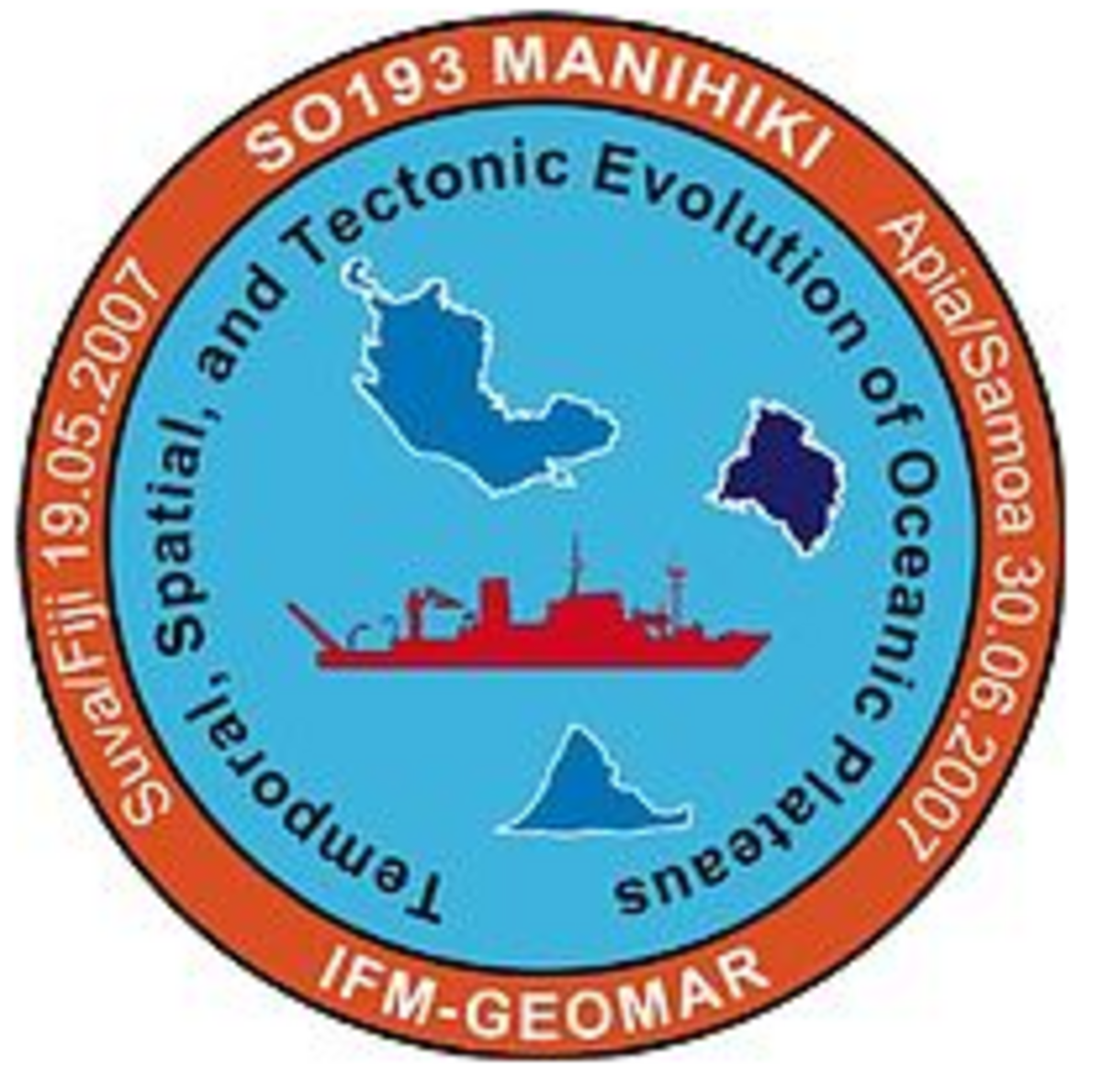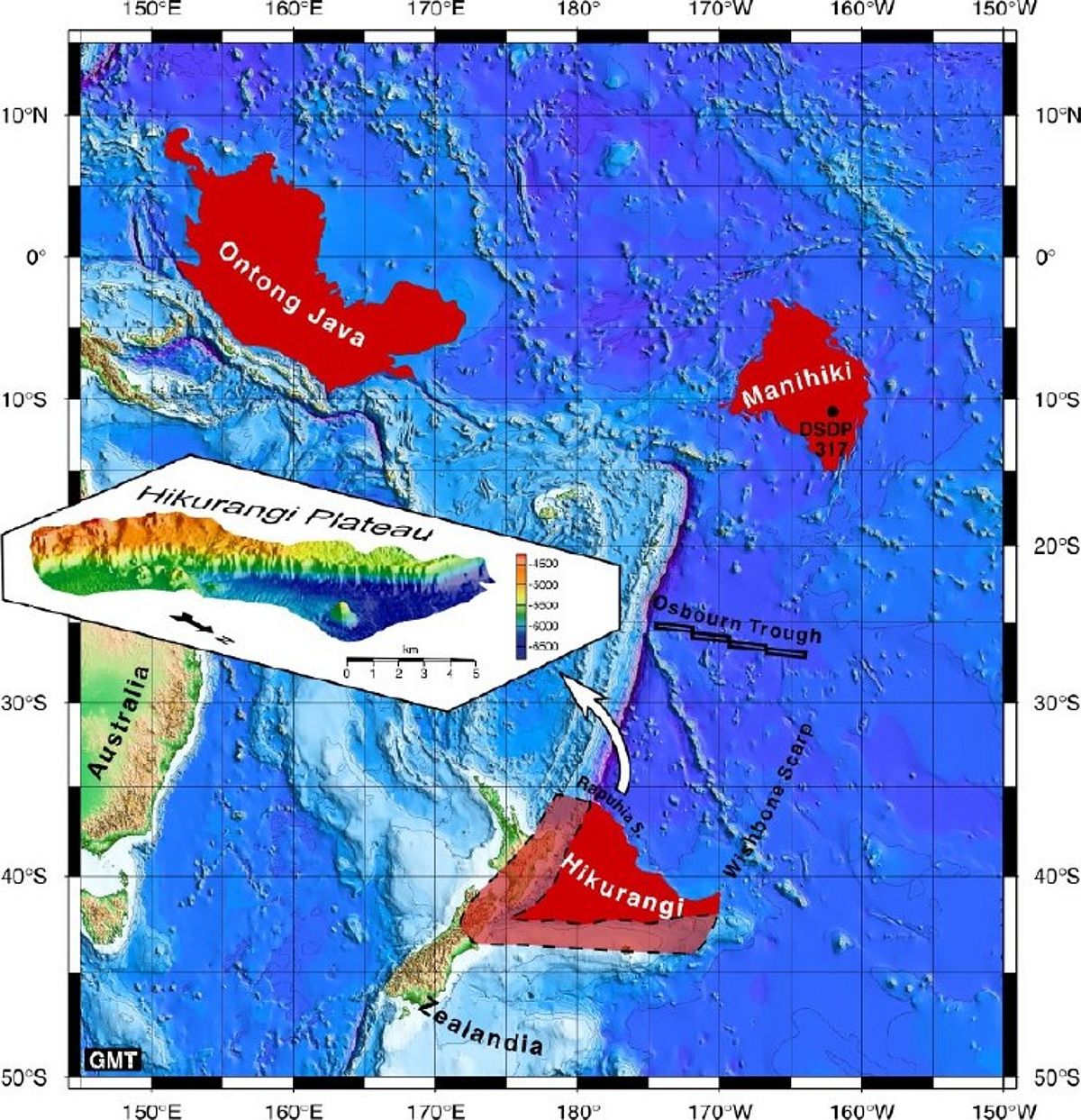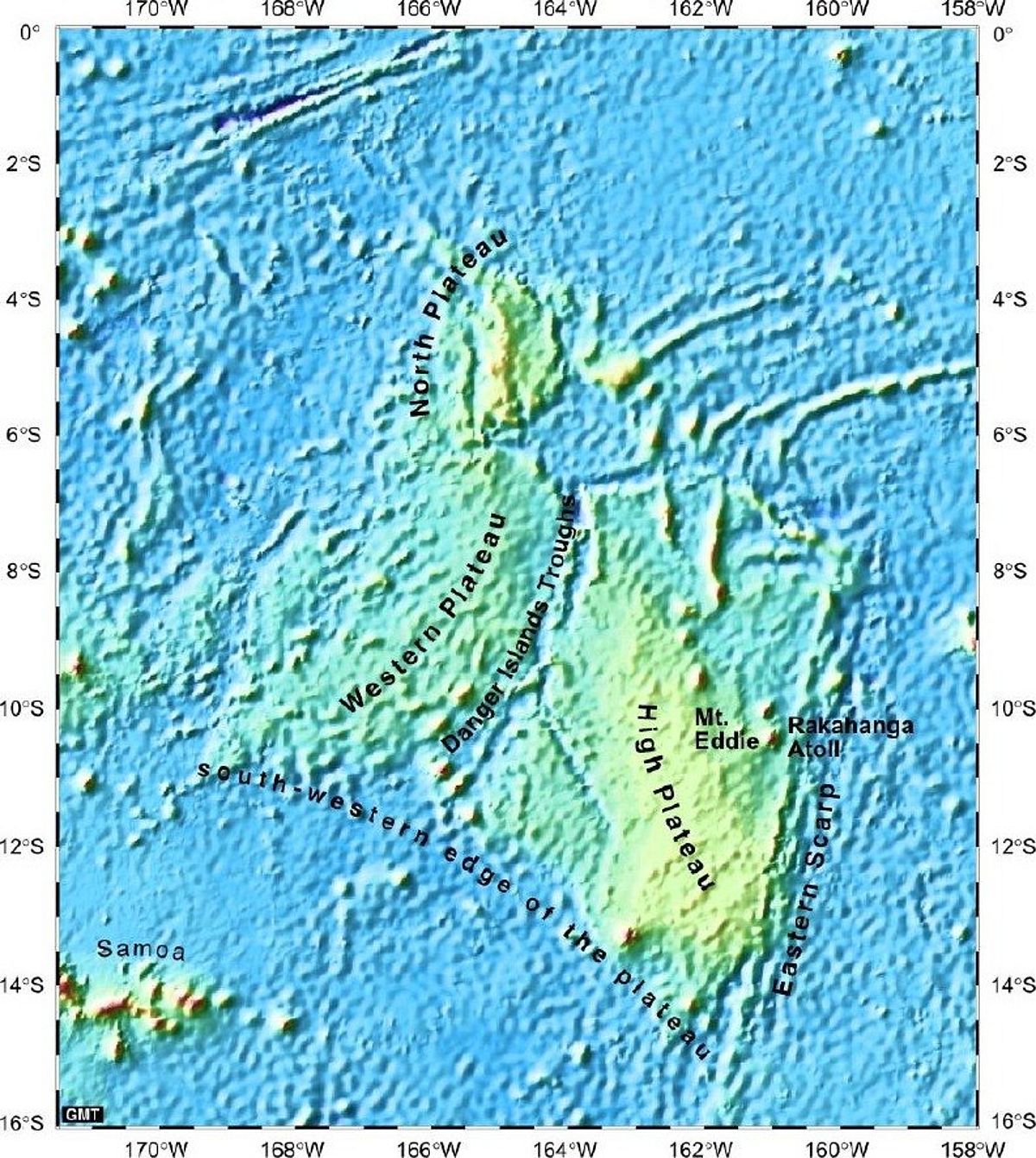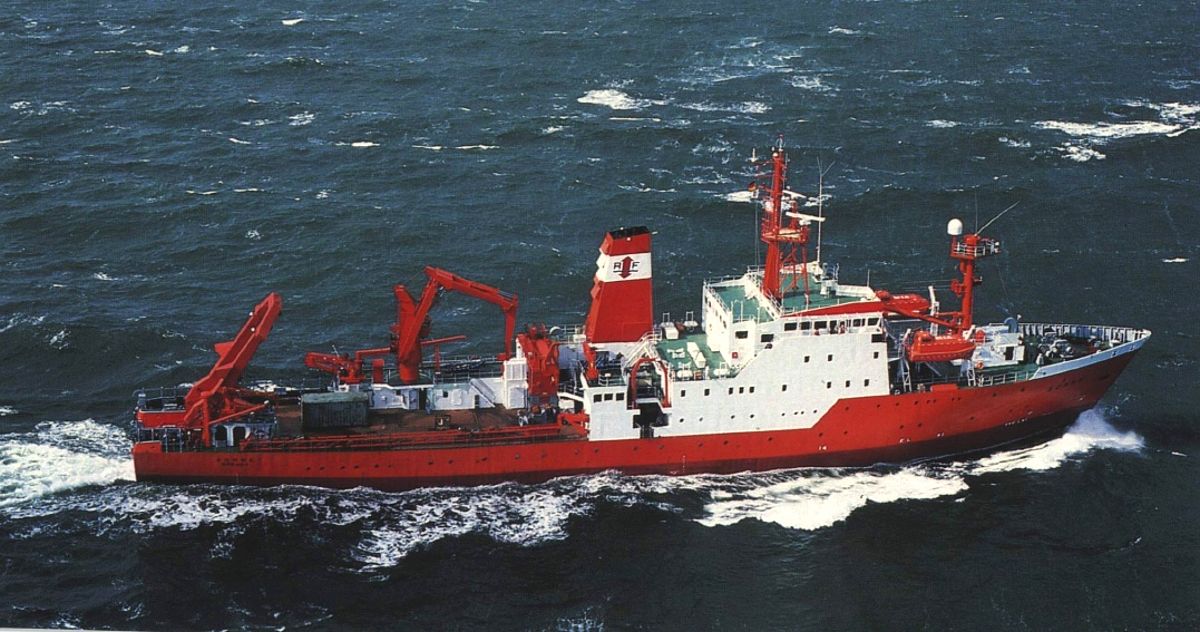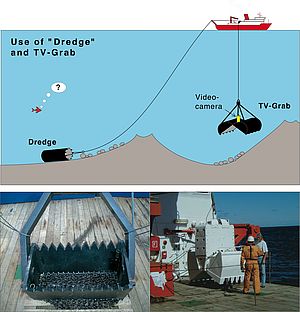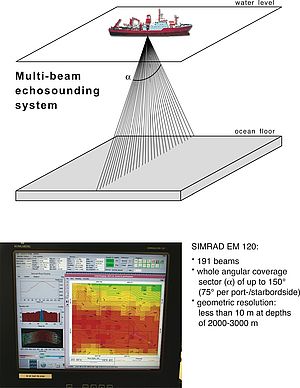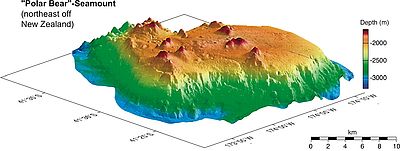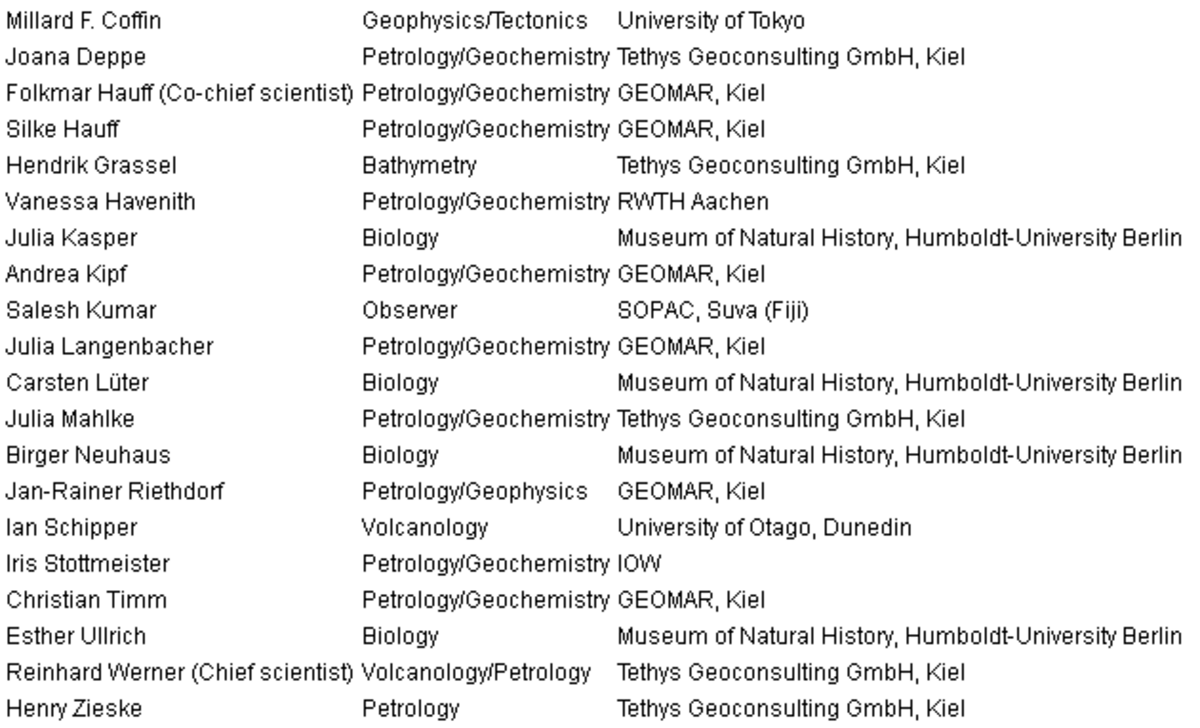The major objectives of the geological investigations in the frame of the research project SO193 MANIHIKI were to improve our understanding of:
(1) the age range and temporal evolution of the Manihiki Plateau, i.e. was it formed within several million years (consistent with the „classical“ model for the formation of Large Igneous Provinces [LIPs]) or over much longer time scales and did much of the plateau form during the Greater Ontong Java event?
(2) the origin of the Manihiki Plateau, i.e. has it been formed by shallow or deep magma sources or interaction of both (e.g., plume, plume-ridge interaction, impact etc.; see also plate tectonic and mantle dynamics)?
(3) the range in geochemistry, i.e. how homogeneous or heterogeneous are oceanic LIPs and how did the Manihiki Plateau develop geochemically compared to those of the Ontong Java and Hikurangi Plateaus?
(4) the paleo-environment at the time of formation of the Manihiki Plateau, i.e. did the volcanic activity take place in shallow water conditions as suggested by prior studies for some areas of the plateau and, if so, how did the subsidence history of the Manihiki Plateau develop?
(5) whether the Manihiki Plateau was once connected to the Hikurangi Plateau and, if so, to constrain the time of the break-up of this paleo-plateau.
The integration of the results with existing data from the Manihiki, Hikurangi and Ontong Java Plateaus resulted in a new and improved model for the spatial, temporal, and magmatic evolution of the Manihiki Plateau. This approach contributed towards a better understanding of the formation of Large Igneous Provinces and the geodynamic evolution of the SW-Pacific. Furthermore SO193 MANIHIKI aimed to verify if the Manihiki Plateau possibly represents only a part of the products of a much larger magmatic event and, therefore, has been formed by a Cretaceous „mega event“ with huge magma production rates (e.g., „Greater Ontong Java Plateau Event“). Such extensive volcanism no doubt had a dramatic impact on the paleo-environment of the southwest Pacific but possibly also had implications for the mass transfer between mantle and lithosphere and consequently for the heat budget and heat flux in the Earth´s interior. Whether separate events or a single mega event, the volcanism associated with these three oceanic plateaus must have had a dramatic impact on the chemistry, temperature and life in the southwest Pacific Ocean.
Investigations of LIPs are also relevant for environmental protection, social policy, and economy. Magmatic processes associated with LIP formation cause, for example, submarine volcanic eruptions and fluid venting which influence the chemical and physical properties of sea water. A better knowledge of these magmatic processes is essential in order to understand the implications and consequences of the volcanic activity and venting for the (marine) environment.
Furthermore the diversity and the distributional patterns of the invertebrate communities were investigated in the framework of MANIHIKI. The Manihiki Plateau is a submarine archipelago, which may serve as a centre of origin for many invertebrate groups, thereby influencing other such regions through propagules (larvae and postlarval pelagic stages) of mainly sessile filter feeders dispersed by the ambient currents in the deep sea. We aimed at assessing the 'hot spot' character of the Manihiki Plateau, which reflected in the degree of endemism of its benthic communities. We also compared the collected faunas with those found on the Hikurangi Plateau, which was comprehensively sampled during SO168.
The Manihiki Plateau is vertically structured and comprises seamounts, slopes and deep-sea plains. The plateau's species composition should reflect this morphology with higher endemism rates on top of the seamounts. Comprehensive sampling of all possible habitats on the plateau and subsequent analysis of their diversity gave us an idea about the biogeography of benthic invertebrates in the study area and may also helped to assess the function of the plateau as a centre of origin for other communities in the Pacific. Due to their expected abundances, we focused on invertebrate key groups, such as sponges (Porifera), moss animals (Bryozoa), lamp shells (Brachiopoda), Kinorhyncha and Loricifera, representing both macro- and meiofaunal elements.


